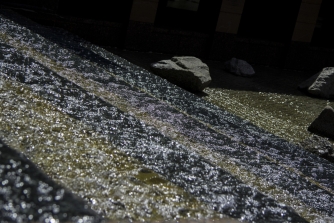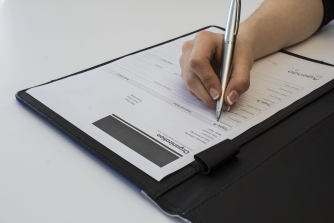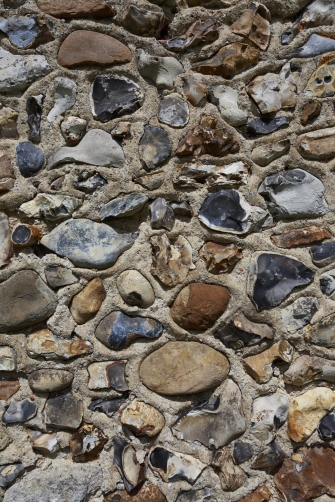Screed
WHAT is it?
1.noun - A long monotonous speech or piece of writing.
2.noun - A strip of wood, plaster, or metal placed on a wall or pavement as a guide for the even application of plaster or concrete.
3.noun - A layer or strip of material used to level off a horizontal surface such as a floor.
4.noun - A smooth final surface of a substance, such as concrete, applied to a floor.
The above definitions courtesy of www.dictionary.co.uk
As you can see there are different definitions of screed. Numbers 2 and 3 are relevant to the material we will be looking at, number 1 is what we hope this doesn’t turn into and number 4 is our main interest.
There are many different types of screed so let’s start off by dividing them into Thick and Thin.
Thick screeds
Depending on type and application these are generally above 25 mm in thickness and are used as a new or replacement screed. These are usually cementitious or gypsum based
Thin screeds
Used as repair screed or refinishing layer on an existing damaged or worn floor screed. These are usually a form of resin screed.
Scroll down to explore the options for each.



Thick Screed
Thick screeds, the sort of thing that you put down if you are building or have dug up existing floors, they come in either cement or gypsum based varieties.
Typically cement based can be applied by hand or by screed pump whereas gypsum based screeds are pumped.
If you are using underfloor heating with water pipes, rather than electric mats, then pumped screeds are better as they fully encapsulate the pipework and eliminate air pockets. This improves the efficiency and response time of the heating.
If you are only screeding a small area, say less than 60-80 square metres, then hand applied is more likely to be cost effective. Although this is a these are generalisation, if you wanted to screed 80 square metres on the fourth storey of a property or the basement extension of an existing property, then pumped screed would probably be cheaper, easier and in some cases the only option.
Typically contractors will arrange the screeding job using their own staff. However, some screed installers may offer a pump and operator hire service to established builders and contractors if they have experience of pumped screed.
For more information on pumped screeds, and the location of installers visit http://www.liquidfloorscreed.com
Thin Screed
Thin floor screeds are usually a resin and used to provide a new stable surface to a damaged floor or as a decorative finish.
These resins, depending on their type, can be a little as a couple of mm thin.
